Breaking Tradition: Could Synthetic Biology Shape the Future of Winemaking?
The wine industry is well known for its strong heritage, but climate change and evolving tastes might just coax in a new era of synbio wine
Oct 9, 2023
Rostislav_Sedlacek (Canva)
From Napa Valley to Tuscany, the grape harvest season is now at its peak. This is a time of vibrant activity and anticipation when growers eagerly await the perfect moment to harvest their grapes to fill the 31,725,400,000 bottles of wine produced worldwide each year. The harvest season not only symbolizes the culmination of a year's worth of hard work but also represents the beginning of the winemaking process. Good quality wine relies heavily on a well-honed fermentation to facilitate the conversion of grape sugars to ethanol. Since its origin over 7000 years ago, this process has remained essentially the same; however, with the advent of modern biotechnology and, even more recently, synthetic biology, massive improvements have been introduced, and the future of wine may now even depend upon these advances.
Harnessing Fermentation
Often cited as the oldest form of biotechnology in the world, traditional fermentation harnesses the power of nearly omnipresent wild yeasts to make bread and alcohol with an extensive range of complex and distinctive flavor profiles. The domestication of yeast, namely Saccharomyces cerevisiae, allowed for greater control of these features, increasing product consistency and reducing fermentation times. A greater understanding of yeast genetics and the genetic pathways that contribute to certain aspects of fermentation and flavor development of wine has allowed the optimization of fermentation conditions.
In more recent years, this technology has been further refined via the introduction of genetic engineering to the world of viticulture. The first commercially available genetically engineered wine yeast, ML01, was developed in 2006 to prevent the formation of noxious biogenic amines produced by lactic acid bacteria in wine. Since then, engineered yeasts have been explored extensively, introducing pathways and mutations to improve flavor, consistency, and shelf-life and protect against climate change. Synthetic metabolic pathways have even been introduced to wine yeasts to express novel characteristics, such as an array of aromatic compounds to produce wines with grapefruit, passion fruit, and raspberry aromas. Other strains have been generated to produce increased quantities of compounds with health benefits, such as resveratrol, which, along with cardio-vascular protection, anti-cancer properties, and protection against neurodegenerative diseases, has also been associated with reducing hangover effects.
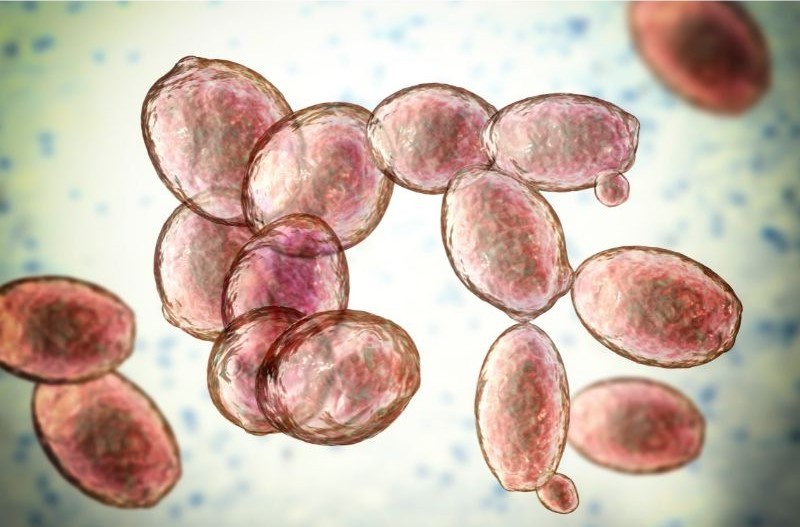
A feature gaining considerable speed in recent years is reduced alcohol content. Typically, low-alcohol wine requires additional processing of a standard wine base. However, by employing modified yeast strains with low alcohol production capacity, these downstream steps can be avoided entirely. However, while such technologies seem like an ideal solution, this trend may be less popular amongst more experienced wine drinkers. “In my experience in the wine trade, the only effective way to reduce a hangover is to drink less, but better, an adage that many of our customers live by!” said Barbara Drew MW, content officer at Berry Bros. & Rudd, Britain's oldest wine and spirits merchant. This is a common sentiment among wine drinkers—never sacrifice quality, even in the pursuit of a less painful morning. This is complemented by another common preference: the less intervention, the better. “In general, many of our customers have a preference for wines which are made with as little intervention as possible, and for reduced alcohols to come about due to vineyard management practices, for example.”
However, with rising temperatures caused by climate change comes higher alcohol wines. Grapes ripen faster, building up more sugars, which are converted to more alcohol. This is accompanied by reduced acidity and loss of secondary compounds such as tannins and anthocyanins, all of which contribute to wine quality, facing consumers with an important choice: quality or tradition. While the choice seems simple now, there may come a time when a single glass from your favored region comes with consequences in the morning, making that bottle of biotech wine just a bit more appealing.
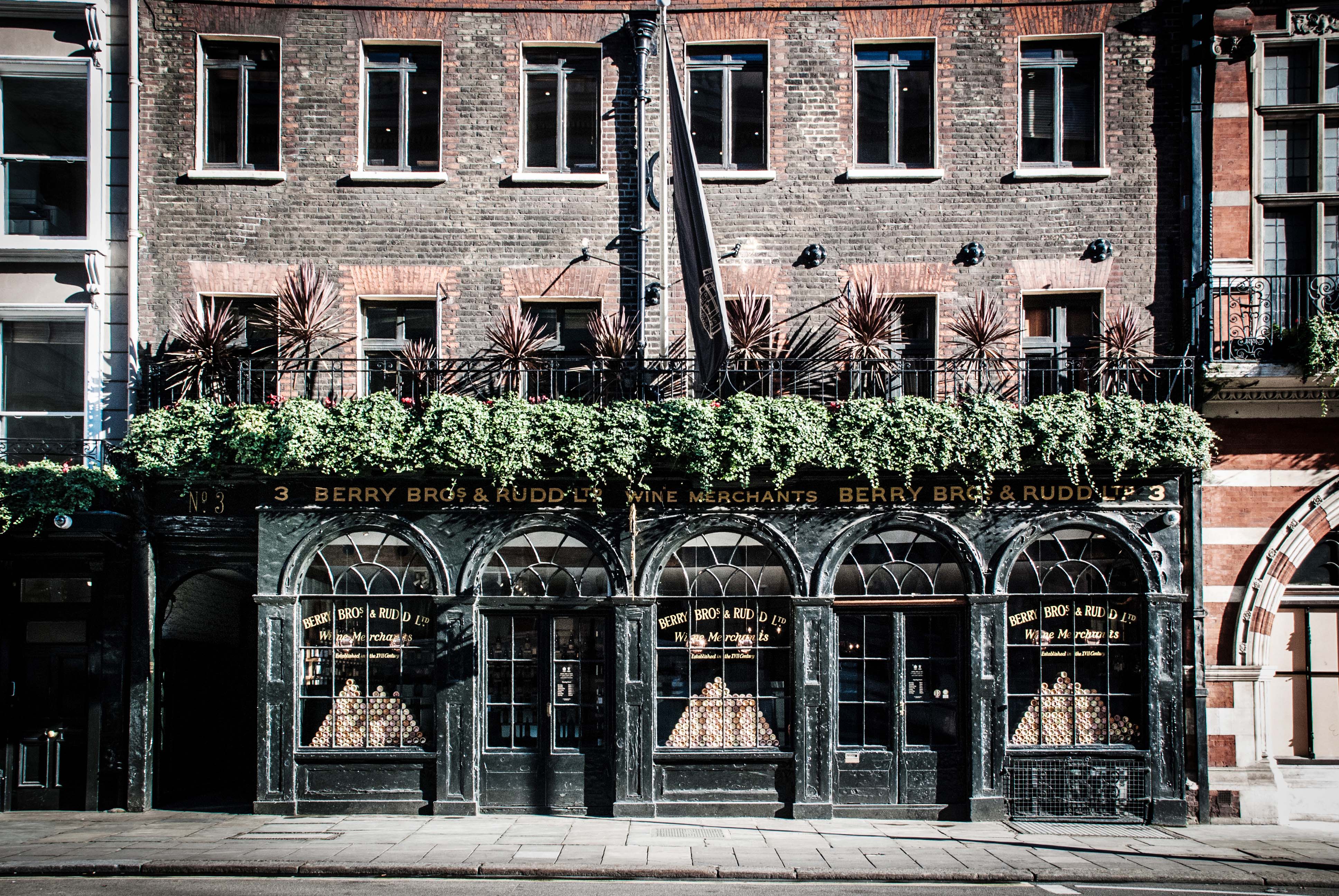
Preserving Terroir
This shift in climate not only influences alcohol content but also represents a significant disruption to a key contributor to the distinct differences between wines around the globe—Terroir. As defined by The Oxford Companion to Wine, terroir is “the total natural environment of any viticulture site.” This encompasses several major factors that comprise a viticulture environment: climate, soil, vine varieties, and vineyard practices. Efforts have been made to establish the scientific basis of wine terroir in order to predict the impacts of climate change on terroir resilience, identify new suitable land for viticulture, and even gain control over the diverse microbial communities involved in fermentation.
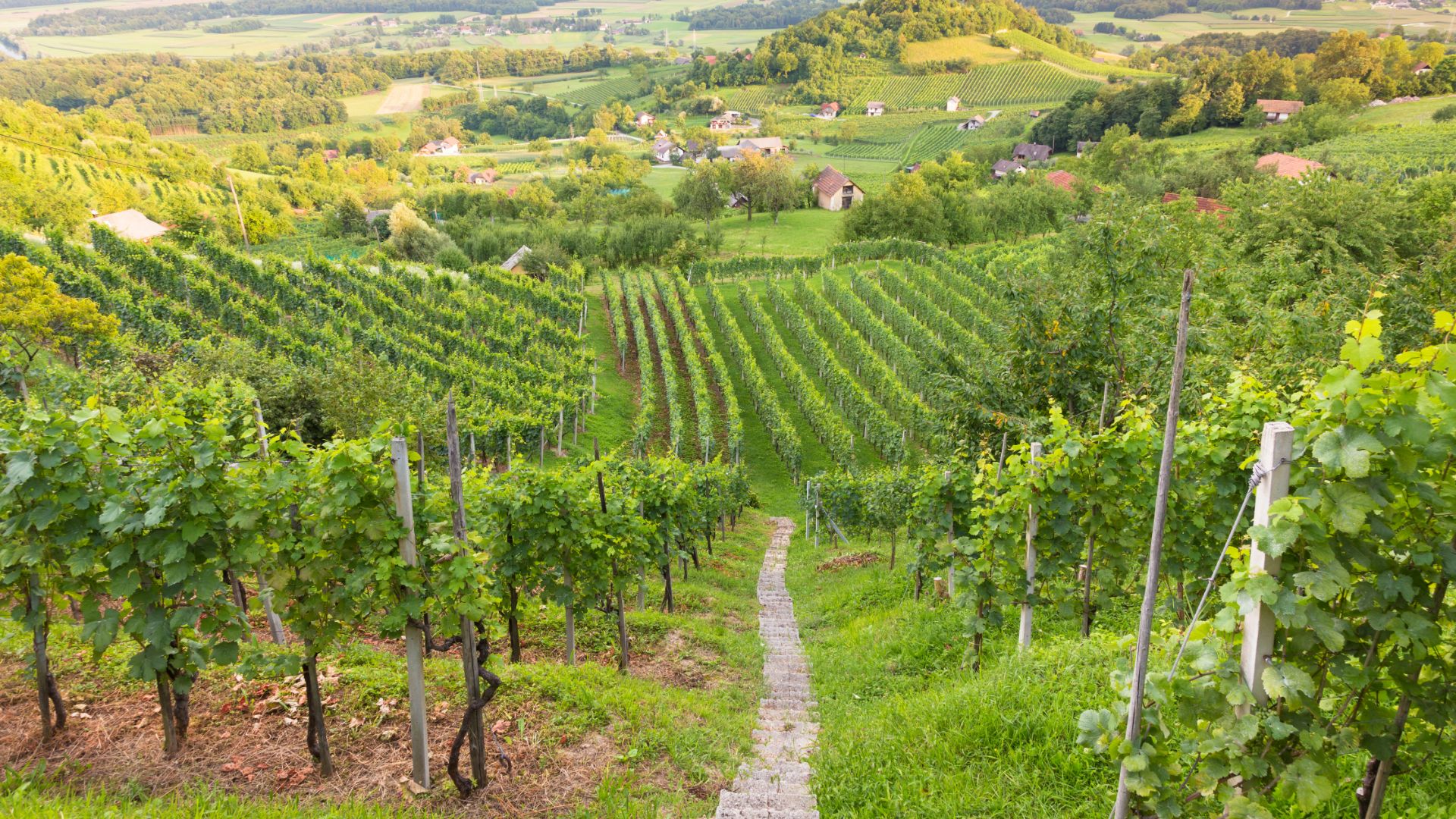
The geography of wine is projected to change massively in future decades, in accordance with rising temperatures, making current regions unsuitable for production. In a bid to maintain these regions, some authorities are allowing the use of new grape varieties. Such a vote shook the industry in Bordeaux in 2019 when seven new grape varieties with improved natural resistance to disease and resilience in warmer conditions were approved. Approval of grape varieties is highly exclusive, especially in most old-world regions, making this a significant shock. There is, however, an alternative. Instead of changing variety, there is potential for vines themselves to be modified, using synthetic biology techniques that improve resilience to climate change and even add desirable features, as has been demonstrated in wine yeasts. Unfortunately, current EU regulations on GMOs would render this near impossible. Although these rules also apply to genetically modified microorganisms (GMMs), as long as certain parts of the GMMs (i.e., DNA) do not remain in the final product, they have hope of approval, meaning we may look towards our microscopic friends for a solution.
The movement of wine production to more accommodating climates might be an alternative way to keep traditional vines in use. However, this requires leaving behind land that has been cultivated for thousands of years, or the terroir, in which the microbial communities have evolved alongside these characteristic grapes for just as long. Therefore, these unique communities are under threat of being lost forever, and with them, the distinct and beloved wines they produce. Synthetic microbial communities may be programmed to mimic these natural communities in a bid to preserve and potentially move them to environments that can still support traditional grape varieties. This, of course, leads to the inevitable question: is a burgundy still a burgundy if it is produced in Sweden? Without the deep history that comes with regional wines, some might argue that, outside of their natural regions, these wines are simply reproductions. Regardless, these changes seem increasingly inevitable, and accepting these changes could be the only way to save such iconic wines.
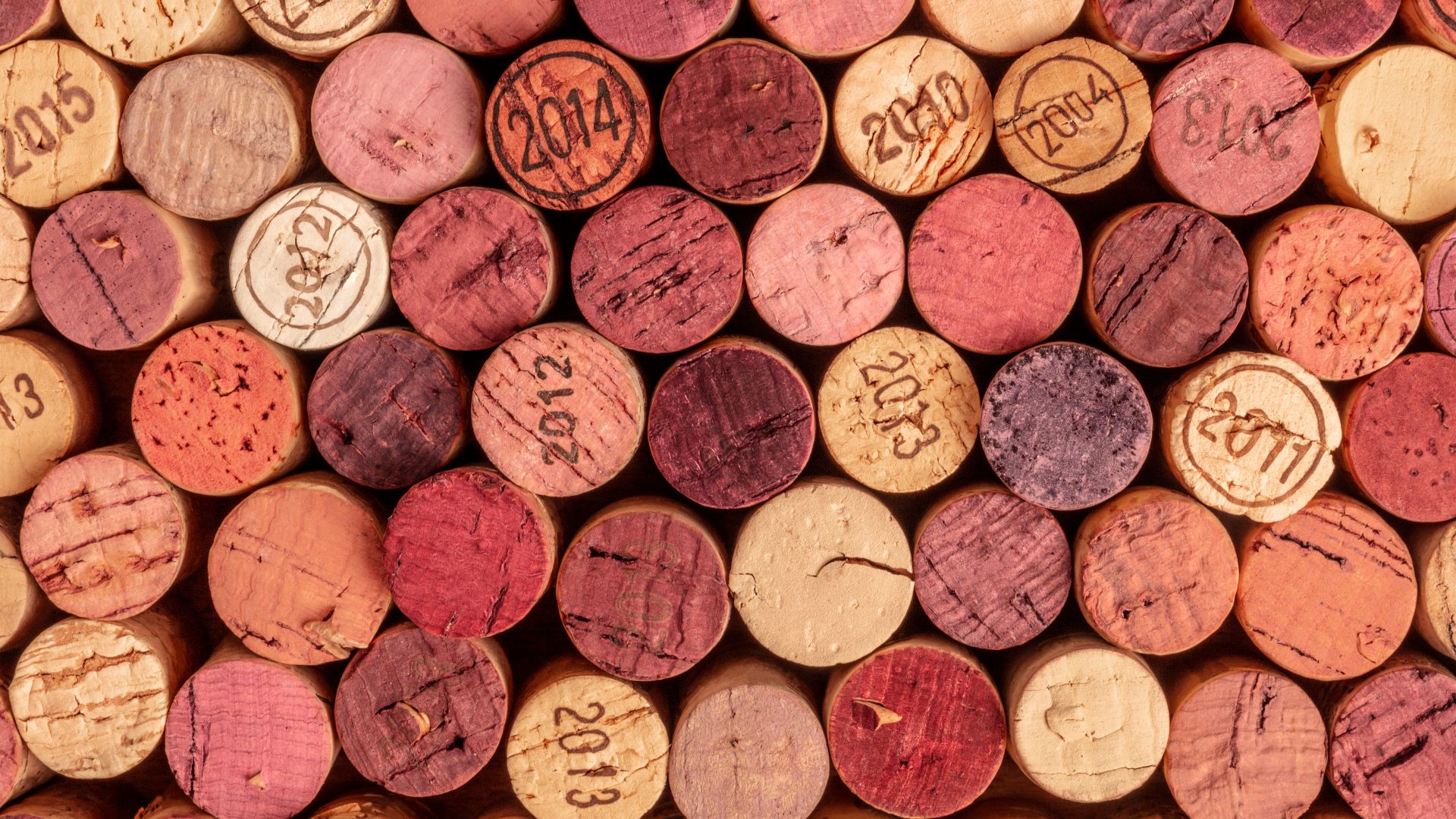
Outside of the effects of climate change, the composition of the microbial communities present during fermentation can vary drastically over time and even between short geographical distances. These differences are one of the key factors that lead to vintage variation, along with weather and soil composition. Vintage variation refers to the yearly differences in wines produced in the same area by the same producers, turning wine into a sort of time capsule, capturing a snapshot of the year in a bottle. Among many winemakers (and enjoyers), this is a beloved process, yet this also represents the major risk that winemakers take every year by betting their livelihood on the climate. For producers that require more stability, synthetic biology may provide a golden ticket to producing tightly controlled wines, at least concerning the fermentation process.
In addition to preserving microbial terroir through a geographical shift, synthetic microbial communities can also preserve terroir over time or even create an entirely new ‘synthetic terroir.’ These communities can include a variety of yeasts with different properties in addition to other microbes involved in fermentation, allowing optimal control over fermentation conditions. These microorganisms can be interlinked via biosensor-control circuits to coordinate population-level behavior and cope with the complex and dynamic conditions of grape fermentation. Connection with external outputs can be included to provide winemakers with real-time information regarding fermentation conditions, and other tools such as optogenetics and electrogenetics can be incorporated to allow control over population behaviors. Of course, such technologies seem like a far-off sci-fi version of viticulture, which, in part, it is. However, synthetic microbial communities and biosensors are progressing at an extraordinary rate, a rate which, for the time being, keeps the imagination flowing.
Wine and Biodesign
Although grapes tend to be the star of the show when it comes to wine, a more diverse array of wine bases are beginning to gain popularity. Cherries, blueberries, and strawberries all have their own wines, albeit in batch production, and other obscure wines, which have been produced in their native regions for centuries, are also finding their spotlight, such as palm wine. Palm wine is one of the oldest known wines, created from the sap of palm trees in many regions worldwide, from Nigeria to India to Mexico. To bring palm wine to a wider audience, Onye Ahanotu, a former Harvard Scientist and National Labs fellow founded Ikenga Wines, with Palm wine at the front of the queue. Palm is often a scary word when it comes to sustainability, but do not fear; despite the name, there is no palm here. Ikenga’s palm wine is ‘biodesigned,’ an often vaguely defined category of design rooted in synthetic biology. “I’m not sure if it is just me, but biodesign is a bit nebulous and has boundaries that are a bit more diffuse than many others. (…) In the case of the wines that I make, I substituted inputs to gain control over this unique wine, taking the guesswork and chance out of the equation while adding in shelf stability and new features that come with, like having a sparkling wine that provides some balance to the subtle sweetness. The term ‘biodesigned’ seems to be the best fit to communicate that this product is not derived from palm, yet has similar properties to if it had been.” said Ahanotu.

Although a novel concept to the industry, the future of biodesigned wines seems bright. Consumers are now far more receptive to flavors that challenge the traditional grape wines, and in a global society, this ability to share and celebrate cultures is an exciting prospect. Adding in the benefit of sustainability and durability against climate change, I, for one, believe biodesigned wine is here to stay. Ahanotu agrees, saying, “With global grape wine supply chains under pressure from climate change, there may be a tipping point when biodesign will start to make more and more sense.”
Reproducing Vintages
Along with bringing more obscure wines to a wider audience, biodesign and broader synthetic biology techniques might be able to offer improved access to more exclusive wines. Some wines with extremely limited production can reach extraordinary prices, such as a 1945 Romanée-Conti, which sold for $558,000 at auction in 2018. By applying a scientific approach, these wines can be shared with and appreciated by more wine drinkers across the globe, ensuring they don't need to take out a second mortgage to afford the bottle.
“Anything which allows a wider range of people to be able to taste and enjoy some of the great wines of the world is, I think, beneficial to wine as a whole. As an industry, we want to share this product with enthusiasts around the world,” said Drew.
As with anything that may be deemed ‘faux’ or a ‘copy,’ some pushback from the community is to be expected, and careful consideration will need to be made at every stage. “Of course, there would be all sorts of interesting questions around intellectual property and appropriate protection for the original wines. Crucial, I think, is transparency.”, commented Drew.
While this concept has not yet been explored in the synthetic biology sphere, in 2015, the founders of Ava Winery (now known as Endless West) endeavored to create a molecular science-based wine after encountering a bottle with a five-figure price tag. Endless West has now left the wine sphere in pursuit of molecular spirits, leaving the task of recreating fine and rare wines to the next innovator, and a biological approach might be just the thing to share these prized wines with everyone who wishes to enjoy them.
Yet, the use of synthetic biology to win the hearts and minds of many hardened oenophiles might be an uphill battle. “Ultimately, I compare such ‘synthetic’ wines with lab-grown diamonds. Chemically, they are identical to the natural product. For many consumers, that is more than sufficient, which is wonderful. Yet, for a handful of consumers, how something is made is just as important as what is made—whether for jewelry or fine wine.” Drew remarked.
Consumer Acceptance
It is an exciting time for synthetic biology as more innovations begin to realize their application in industry and everyday life; however, there is still work to be done. “(…) consumer acceptance remains a big hurdle, at least in the food industry,” said Kevin Verstrepen, professor in Genetics and Genomics at Leuven University and Group Leader in Systems Biology at VIB (Flanders Institute for Biotechnology). In such a tradition-forward industry, convincing winemakers and consumers that synthetic biology input can be positive seems a considerable challenge. However, given the (albeit sometimes controversial) success of other syn-bio-driven food innovations, most notably meat alternatives, this doesn’t seem “impossible.” For now, it seems the first challenge is getting the idea out there. “for the majority of consumers, in my experience, biotechnology in winemaking is not on their radar at all,” stated Drew.
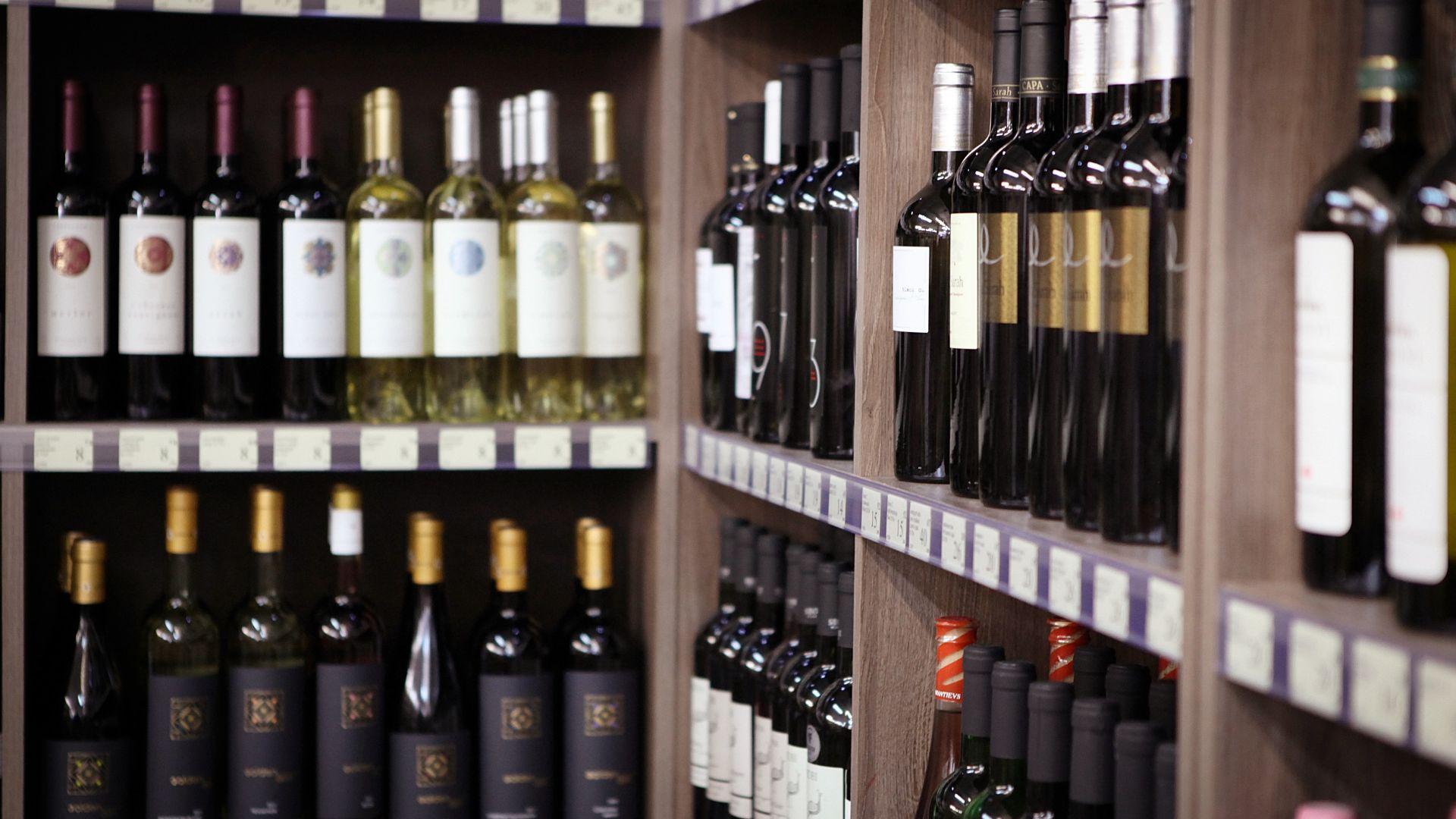
One key factor comes up time and time again in the battle for consumer acceptance—labeling. “(...) educating consumers, policymakers and producers, and re-thinking the need for labeling seem like important steps to take. In that respect, how a product is made, using synthetic biology or not, should not matter, as long as the product is perfectly safe.’ Verstrepen commented. Studies indicate that improved education of customers on wines produced using genetic modification techniques efficiently reduces the fear surrounding such products. Additionally, the desirable ‘add-ons’ available in these wines, such as improved flavor and hangover-busting properties, can even boost customer preference for GM wines. To facilitate this education, what better way to reach customers than through the product itself? And there has never been a better time. With the tastes of wine drinkers shifting towards more sustainable, healthy, and vegan options, new terms like biodynamic and Pétillant natural or “pét-nat” are increasingly prevalent in the oenophile vocabulary. As Ahanotu said, “Many consumers are open to trying new products and styles, more so now than ever before.” This revolution in wine drinkers' tastes may pose an ideal opportunity to introduce wines enhanced using synthetic biology techniques. Clear and positive labeling of these products not only adheres to guidelines and maintains consumers' trust but could even endear consumers to the concept as the sustainable or healthier choice.
The Future
The world of wine represents a crossroads where tradition meets innovation, and where science intersects with art. So far, scientists have been busy yet undercelebrated participants in the wine industry, facilitating winemakers to make the best of their yearly harvest and explore a wide variety of flavors. However, the time may be coming for synbio to enter the limelight. As climate change continues to challenge traditional wine regions, synbio offers a lifeline for beloved regions and varieties, as well as offering exciting and unique properties inaccessible to traditional methods. Navigating the delicate balance between preserving authenticity and embracing scientific potential is the next key challenge, along with educating consumers and traditional viticulturalists on these new technologies. With the correct approach, we may soon usher in a new era of sustainability and accessibility, and as we raise our glasses to the future, let us toast to the boundless possibilities that await us. Cheers to a future of sound science and even better wine!


















